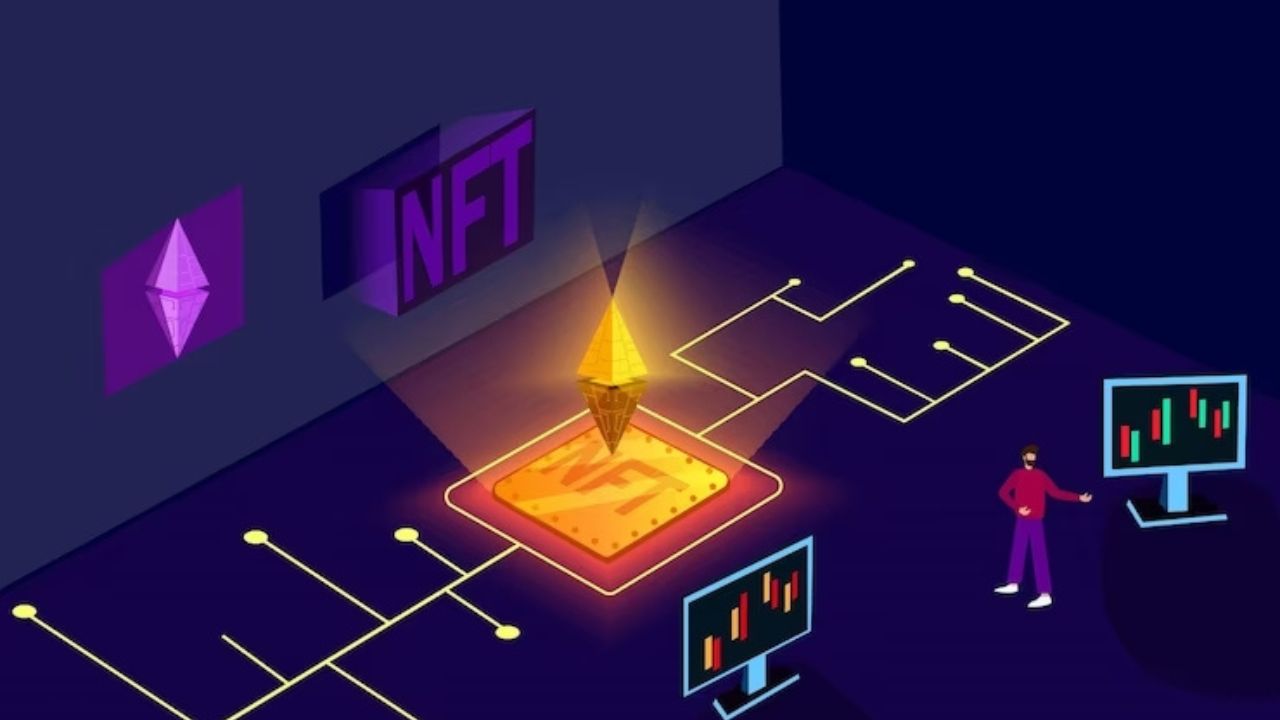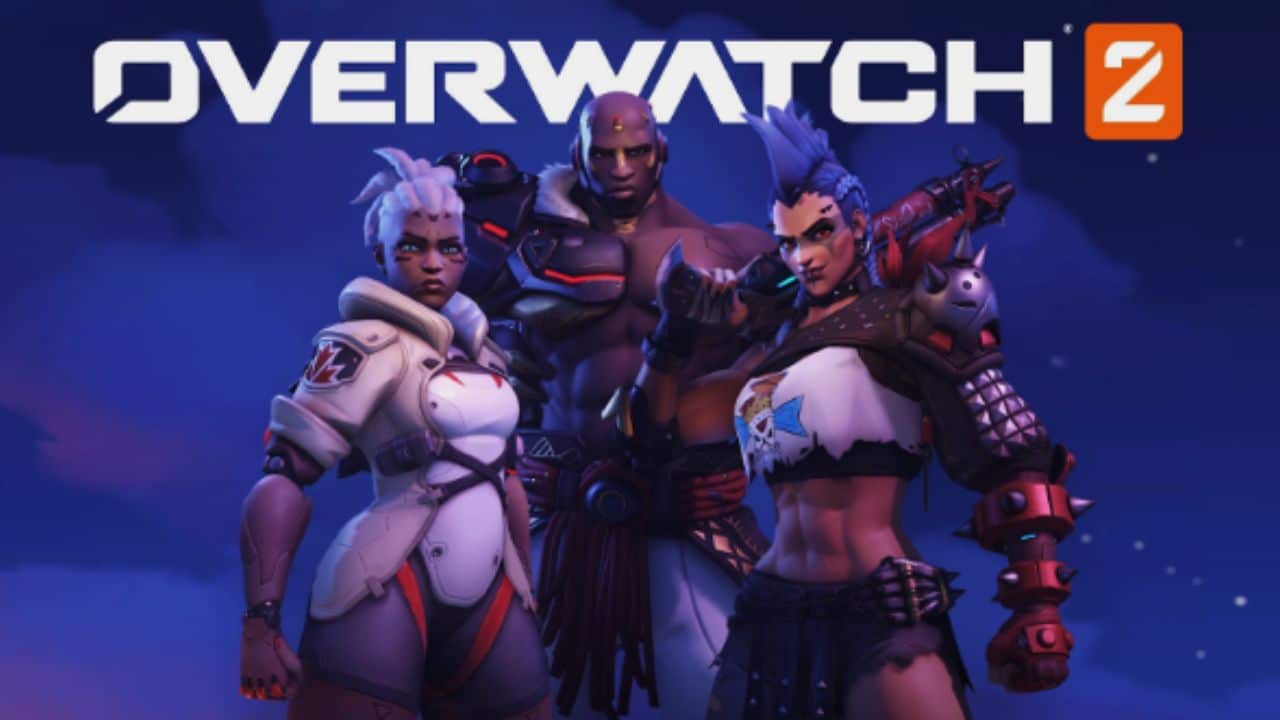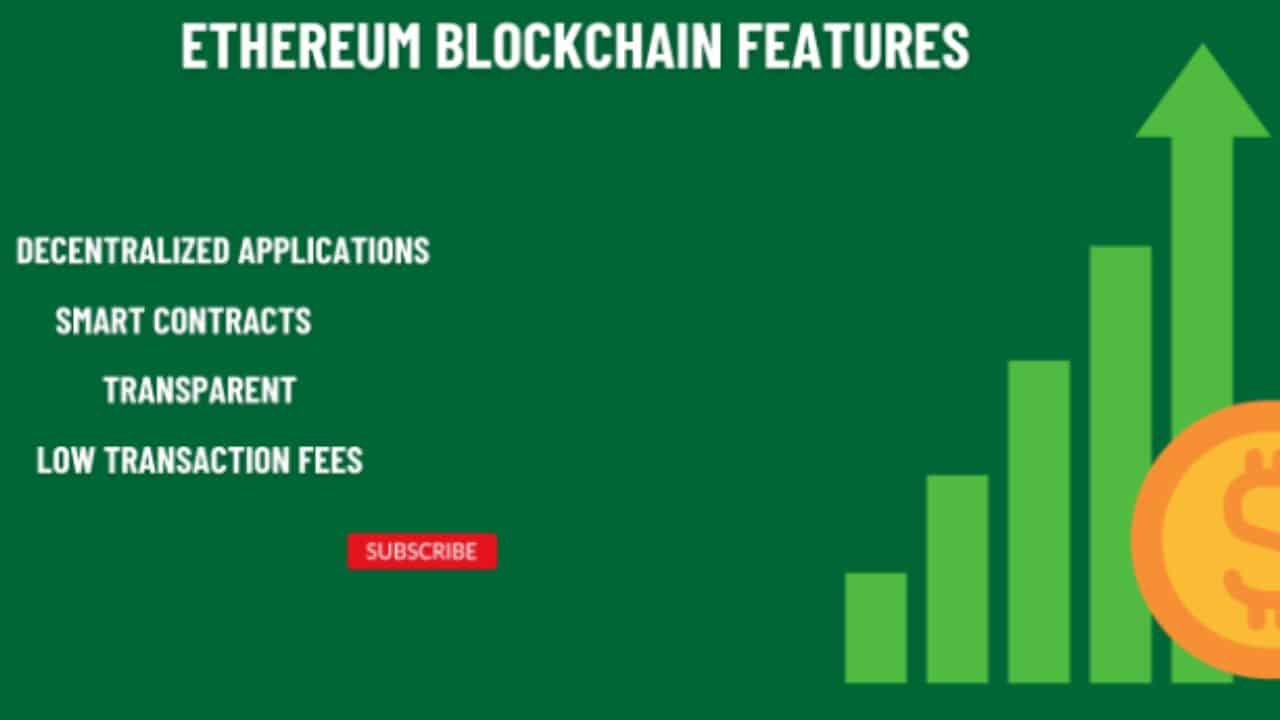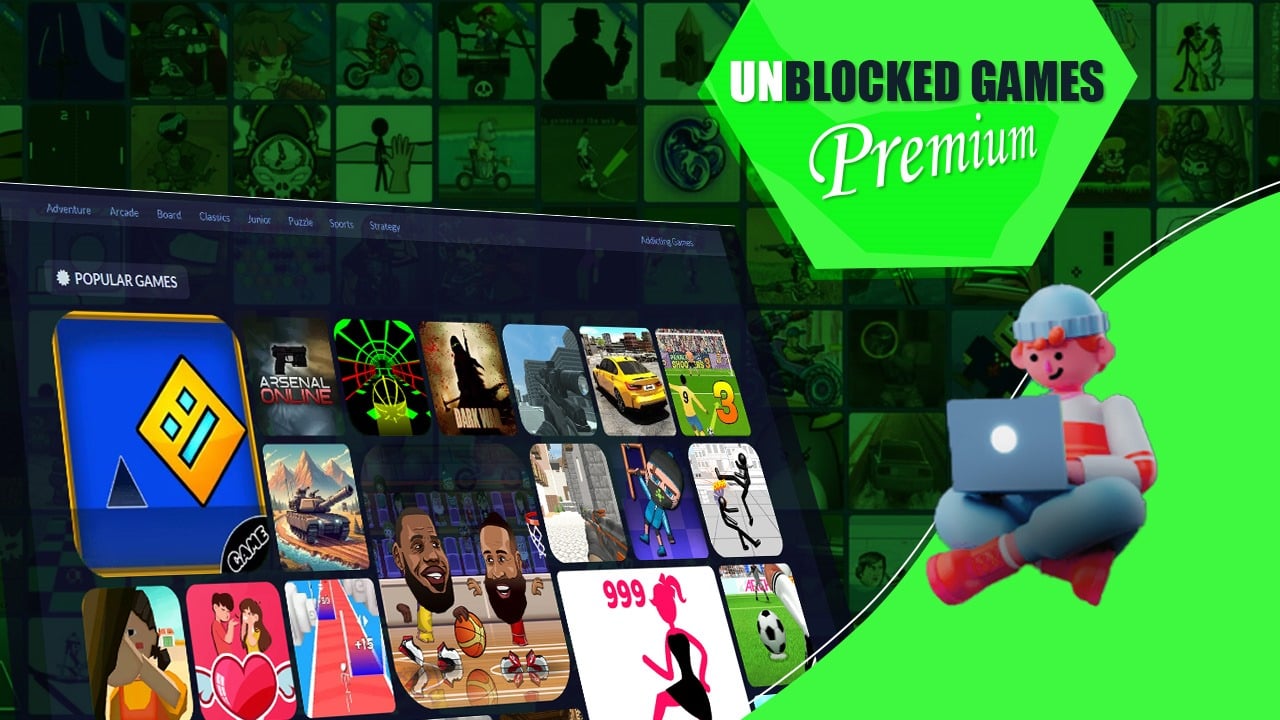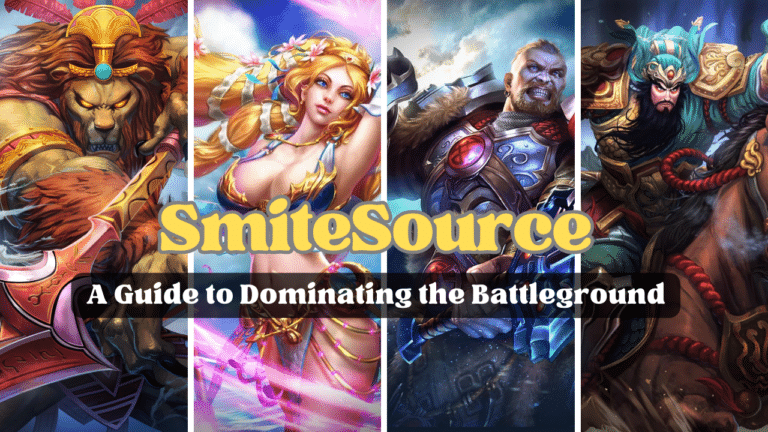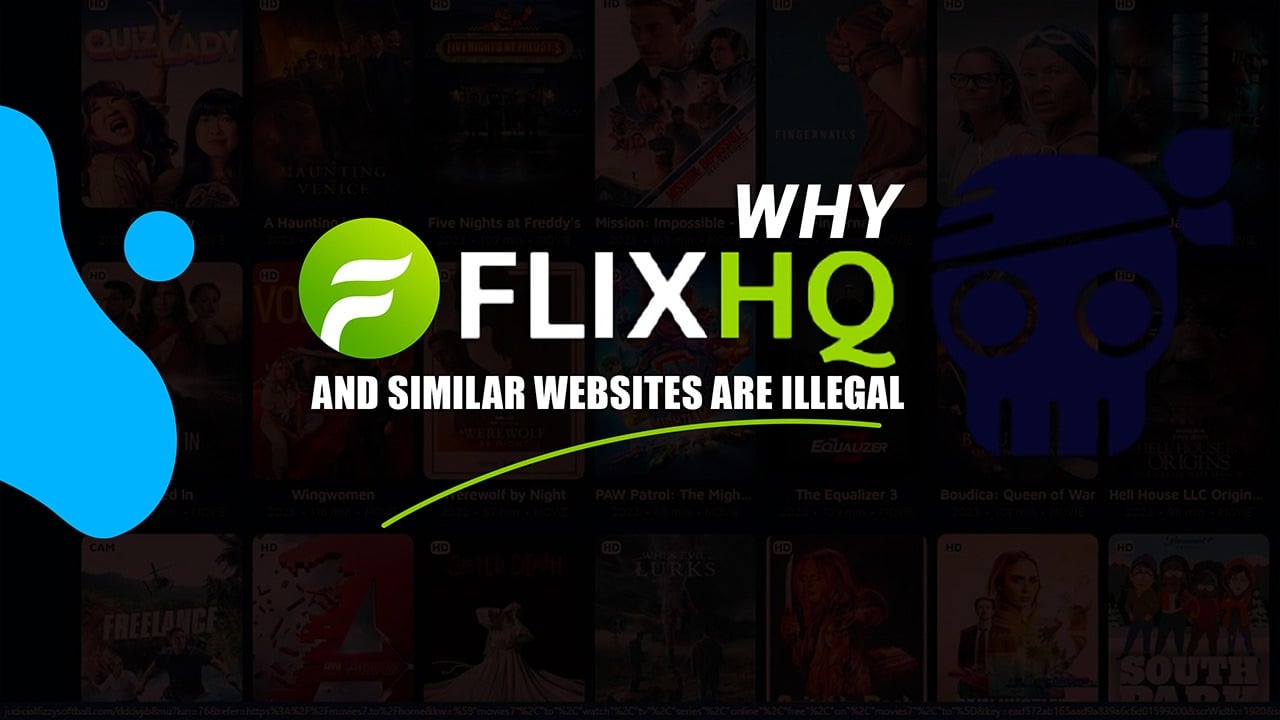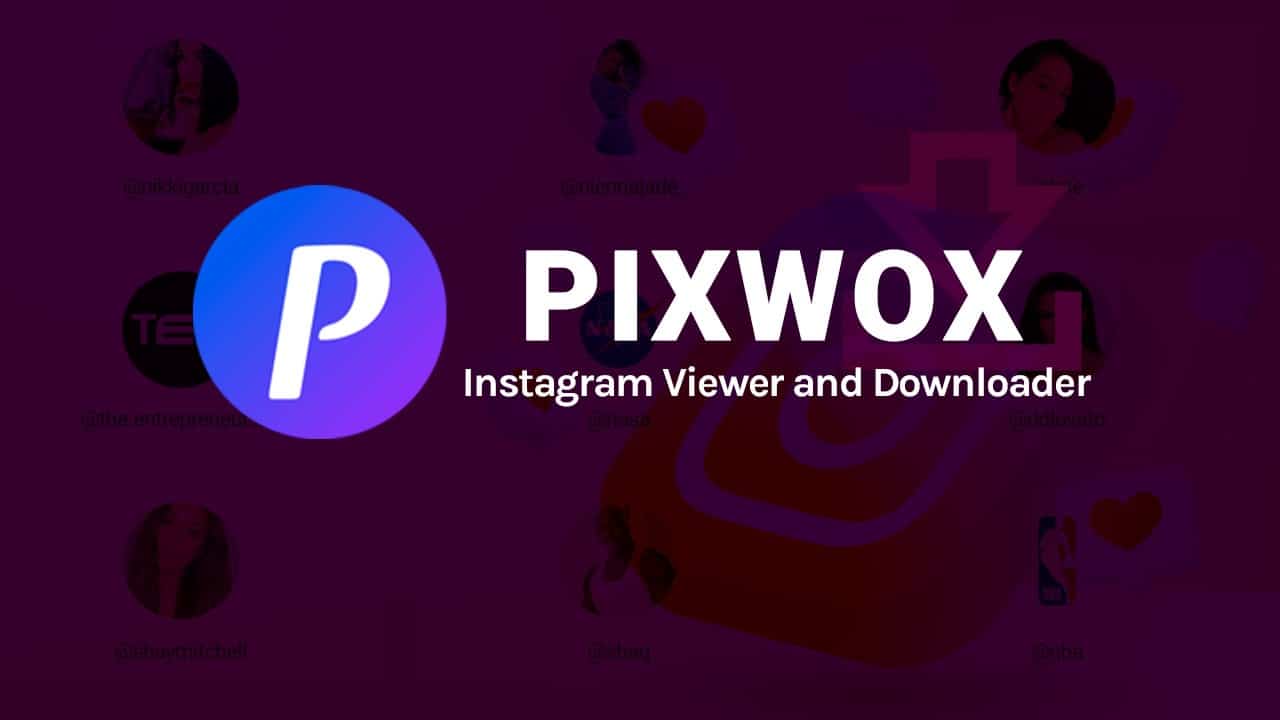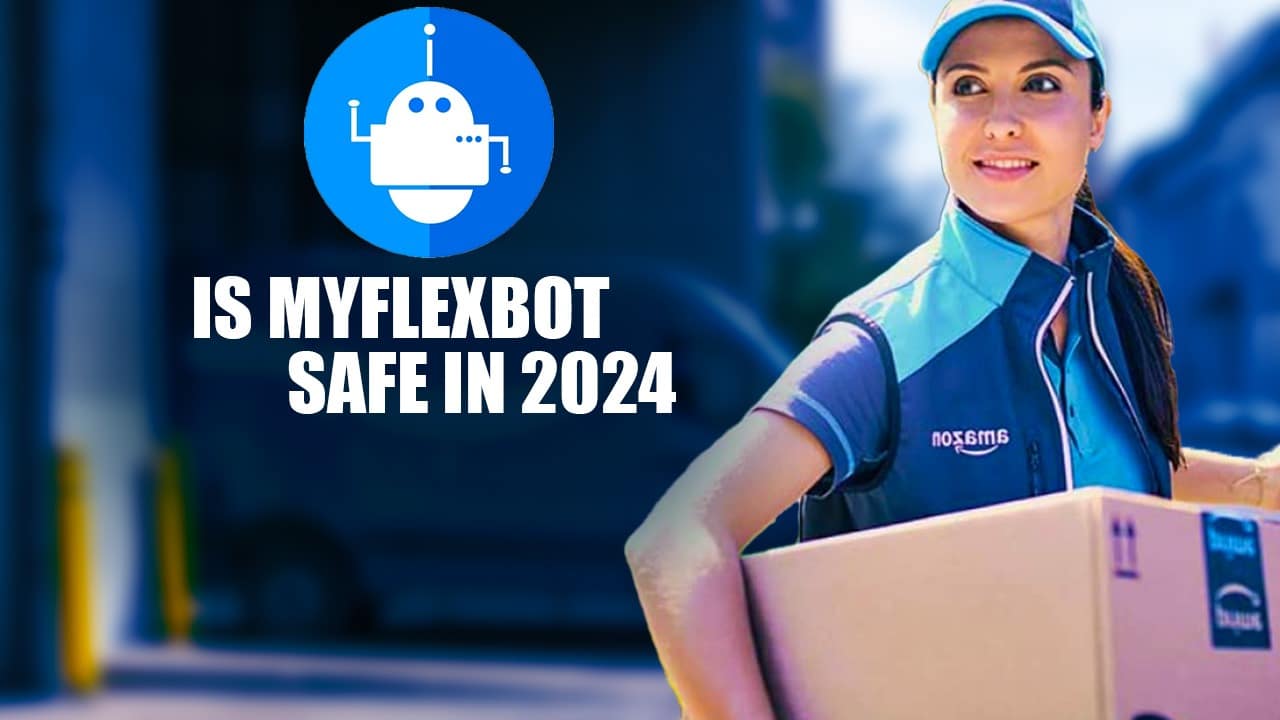NFTs have established a strong presence within many gaming ecosystems. And while they have not received mainstream adoption yet, they are becoming an increasingly
popular form of asset ownership and online transaction. Many experts say they are even giving traditional currencies and transaction methods a run for their money.
According to S&P Global Market Intelligence, in-game NFTs alone earn video game publishers $3.6 billion a year. But NFTs have done more than give players an
alternative way to transact. They have also triggered the emergence of an entirely new market around gaming encompassing digital marketplaces and meta spaces. Here is a closer look at the NFT revolution.
What Are NFTs?
As Investopedia puts it, NFTs are digital assets that are tokenized through a blockchain.Known formally as non-fungible tokens, these assets are identifiable through unique
metadata and codes. They can be exchanged and traded for other NFTs,cryptocurrencies, and money, depending on an established value. NFTs are often compared to cryptocurrencies and while they are similar to a great extent, the difference lies in the name. You can usually exchange one currency with another from the same blockchain – a trait that makes them fungible. In contrast, NFTs are never interchangeable, including those from the same blockchain and even when they look alike.
NFTs can draw their origin back to Ethereum as they are built on the ERC-721 standard. This protocol dictates how NFTs can be traded and transferred and how these
transactions can be confirmed. Approved as an update to the ERC-721, the ERC-1155 standard now allows several NFTs to be batched into one contract to cut transaction costs.
Use Cases of NFTs in Gaming
As cryptocurrencies entered the igaming space as an alternative transaction method, NFTs established themselves in gaming as in-game assets. Their draw is that they are
all unique and secured by blockchain networks so they cannot be replicated. So far, NFTs are changing the rules of transaction and monetization in gaming through the following key use cases:
1. In-Game Assets
NFTs are used to represent in-game assets like armor, weapons, skins, treasure, and property. Previously, these items had no use outside their gaming environments. NFT in-game assets can be used across games and gaming environments on the same blockchain network, expanding their utility. Moreover, these assets can be sold and
traded between players – an activity that has necessitated the creation of digital marketplaces. You can see this concept in action in CryptoKitties, a popular blockchain game where players breed, buy, and sell virtual NFT cats of varying degrees of rarity.
2. Asset Ownership
NFTs offer a distinctive sense of ownership that resonates particularly well in the world of online casinos. Each NFT represents a one-of-a-kind item, granting players an
exclusive and tangible connection to their digital possessions. Powered by blockchain technology, the creation and validation of these unique assets ensure their authenticity, while also creating an immutable record of ownership history.
This concept is a sharp contrast to the conventional in-game assets often encountered in online casino settings on https://www.maplecasino.ca/real-money/. While these
assets have value within the game environment, their ownership is limited to that specific platform. In contrast, NFTs transcend these boundaries, enabling players to
truly own and control their digital assets beyond the confines of any single casino platform. This groundbreaking approach redefines ownership in the online casino realm,
enhancing player engagement and opening up new possibilities for a more dynamic and interconnected gaming experience.
3. Digital Trade
As mentioned, NFTs are the reason digital marketplaces exist. Because players who buy them own them, they can also trade them online. Game developers have taken
advantage of this to incorporate their games with rare and unique assets that players can collect. These items can be positioned within the game to encourage loyalty and
extended gameplay. For instance, some games feature virtual real estate tokens that gamers can use to sell or buy virtual property in marketplaces like Decentraland.
4. Virtual Experiences
Recent innovations in Metaverse technology have seen music concerts and film launches enter the gaming space. Multiple artists like Justin Bieber and Ariana Grande
have performed concerts in avatar forms in Fortnite. Some companies have even held fashion weeks in popular gaming and virtual environments. This collaboration involves
NFTs because attendees can use them to purchase tickets, which is good news for gamers with NFTs they earned while gaming.
5. Marketing Strategy
As mentioned, cross-platform NFTs can be positioned within the game so that they encourage a player to complete certain quests, achieve given milestones, or play for
longer. This play-to-earn model is beneficial to game developers and publishers who can use NFTs to steer user behavior and crowdfund game development.
Wrapping Up: What Does the Future Hold for NFTs?
NFTs have a promising future in the gaming and virtual e-commerce sectors. By adding an asset ownership aspect to gaming, they are encouraging more players to try
blockchain games. It also helps that NFTs have applications outside the game environments in which they are acquired. That said, NFTs are yet to go mainstream due
to scalability and regulation concerns. It worries some players and stakeholders that a larger market could flood the gaming space with low-quality NFTs and that scams may run rampant in the currently unregulated sector. Addressing these issues is key to ensuring more widespread use of NFTs within the gaming sector.


